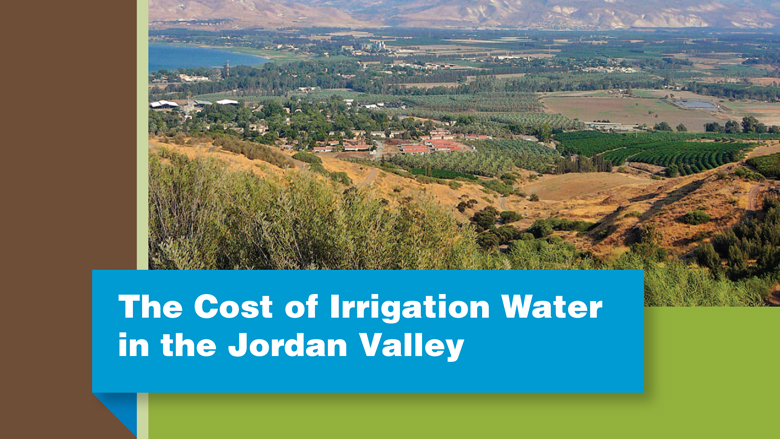Over the last 6 years, Jordan has seen a decline of its agricultural sector productivity as a result of prolonged cycles of negative growth and a decrease of productivity per worker. Regional conflict has also curtailed Jordan’s export opportunities substantially.
The Cost of Irrigation Water in the Jordan Valley, a Water Partnership Program funded report, looks at innovative ways to better manage water in agriculture in one of the world’s most water-stressed countries. The study looks at ways to improve irrigation services delivered by the Jordan Valley Authority, and efficiency of water use across different cropping patterns.
It also reviews mechanisms to improve financial cost recovery, through reducing costs and increasing revenues, to manage farmers’ demand for water. Findings reveal that significant cost savings can be made through a larger focus on energy efficiency programs and better asset management.
Toward improving revenues in a resilient way, the report combines tariff scenario analyses with cropping patterns to show how both farmers and the environment could benefit from shifts in the types of crops produced in some areas.
Growing less water-intensive crops would improve farm resilience to water scarcity in the long-run while providing an opportunity for more sustainable service delivery through higher tariffs – which would affect farmers who grow vegetables much less than those who grow the other major crops (citrus and banana).
An analysis of the distributional impacts of irrigation tariffs demonstrate they are relatively modest, while the number of farmers in the Jordan Valley is small, and the number of poor farmers even smaller, making it relatively easy for the government to provide support or subsidies to poor farmers in the Valley if tariffs were to increase.
The Cost of Irrigation Water in the Jordan Valley- Full Report (PDF)
